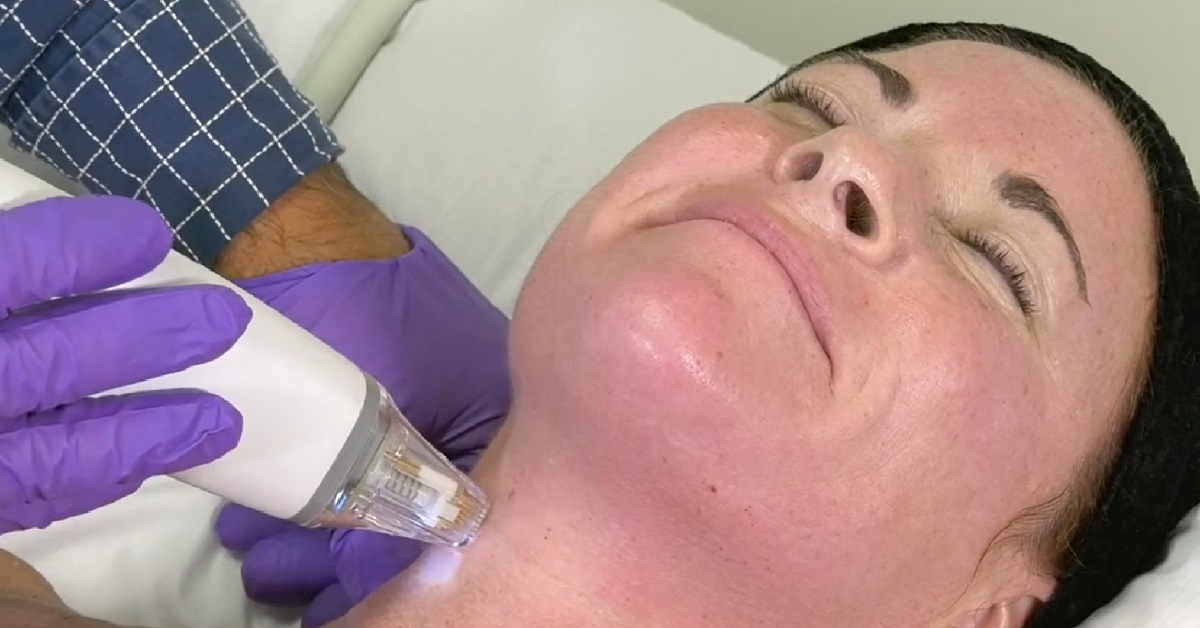If you’re looking for a way to keep your skin young and fresh, then you may have heard of radiofrequency microneedling. But what is it and how does it work? In this article, we’ll discuss what radiofrequency microneedling is, how it works, and the amazing benefits that come with it.
What is Radiofrequency Microneedling?
Radiofrequency microneedling (also known as RF microneedling or collagen-induction therapy) is a minimally invasive procedure that uses tiny needles to penetrate the skin’s surface. As the needles penetrate the skin, they cause tiny punctures in the dermis layer of the skin that stimulates collagen production and helps to reduce wrinkles, improve elasticity, even out skin tone and texture, and clear up acne scars. The procedure also uses radiofrequency energy to heat up the tissue beneath the needles, which further stimulates collagen production for better results.
How Does Radiofrequency Microneedling Work?
The process of radiofrequency microneedling starts with a topical numbing cream being applied to the areas of your face that need treatment. This ensures that you will feel minimal discomfort during the procedure. Then, a pen-like device with many small needles will be passed over your face while delivering radiofrequency energy into your skin’s deepest layers. This treatment can take anywhere from 30 minutes to an hour depending on how much area needs to be covered. Afterward, you may experience some redness or swelling, but these side effects should subside within 24 to 48 hours after treatment.
Benefits of Radiofrequency Microneedling
The main benefit of radiofrequency microneedling is its ability to stimulate collagen production to reduce wrinkles and fine lines while improving the elasticity and texture of your skin. It can also help with acne scarring by reducing pore size and evening out skin tone. Additionally, because this procedure is non-invasive and requires no downtime afterward, there are fewer risks associated with it than more invasive treatments such as Botox or laser resurfacing treatments.
Is Radiofrequency Microneedling Right for Me?
Radiofrequency microneedling is suitable for all skin types but may not be recommended if you have overly sensitive or thinning skin or active acne breakouts on your face or body parts that need treatment. Additionally, it should not be done if you’ve recently had any type of facial surgery or if you have any metal implants in your body (such as dental fillings). It’s important to talk with your doctor before having this procedure to make sure it’s right for you.
Overall, radiofrequency microneedling can be an excellent choice for those looking for a minimally invasive way to reduce wrinkles, improve the elasticity and texture of their skin, as well as clear up acne scars without any downtime afterward. If you think this procedure might be right for you, then we recommend scheduling a consultation.







